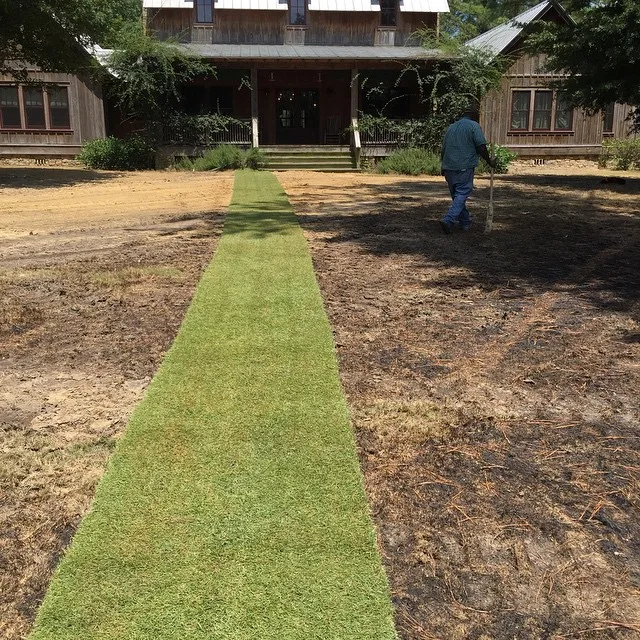
What Is Rudbeckia Subtomentosa?
Rudbeckia Subtomentosa, often known as the Sweet Coneflower or Hairy Coneflower, is a charming perennial that adds a burst of vibrant yellow to any garden. Native to North America, this plant is celebrated for its daisy-like flowers with a striking, dark brown center. Its name, subtomentosa, reflects its slightly hairy leaves, which are a bit different from the smoother foliage of other Rudbeckia varieties. It’s a robust plant that thrives in a range of conditions, making it a popular choice for gardeners looking for reliable color and texture.
31 Species in Genus Rudbeckia
How to Care for Rudbeckia Subtomentosa?
Caring for Rudbeckia Subtomentosa is relatively straightforward. Here are some key tips:
- Sunlight: This plant prefers full sun, so choose a spot where it will receive at least 6 hours of direct sunlight daily. In partial shade, it may still grow, but flowering might be less prolific.
- Soil: It thrives in well-drained soil, ideally with a pH ranging from 6.0 to 7.0. While it’s quite tolerant of different soil types, improving soil drainage will help prevent root rot.
- Watering: Regular watering is essential, especially during dry spells. Aim to keep the soil consistently moist but not waterlogged. Water at the base of the plant to avoid wetting the foliage, which can lead to fungal issues.
- Fertilizing: Feed your Rudbeckia Subtomentosa with a balanced, all-purpose fertilizer in early spring as new growth begins. Avoid over-fertilizing, which can lead to excessive foliage at the expense of flowers.
- Pruning: Deadheading spent flowers will encourage more blooms and prevent self-seeding, which can sometimes lead to overcrowding. In late fall, trim back the plant to the ground to prepare it for winter.
How to Propagate Rudbeckia Subtomentosa?
Propagation of Rudbeckia Subtomentosa can be done through seeds or division:
- Seeds: Start seeds indoors 6-8 weeks before the last frost date. Sow seeds on the surface of moist seed-starting mix and cover lightly. Keep them at around 70°F (21°C) until germination, which typically occurs in 10-14 days. Transplant seedlings outdoors once they’re large enough and the danger of frost has passed.
- Division: In early spring or fall, divide mature clumps to propagate new plants. Gently lift the clump with a garden fork, separate it into smaller sections with roots, and replant them in a new location. This method not only propagates the plant but also helps rejuvenate older specimens.
What to Plant With Rudbeckia Subtomentosa?
Rudbeckia Subtomentosa pairs beautifully with a range of other plants. Consider these combinations for a stunning garden display:
- Echinacea: The contrasting shapes and colors of Echinacea flowers complement the daisy-like Rudbeckia, creating a harmonious and colorful garden bed.
- Grasses: Ornamental grasses, such as Miscanthus or Panicum, provide a nice contrast to the bold flowers of Rudbeckia and add texture and movement to the garden.
- Salvia: The spikes of Salvia flowers can add vertical interest and a splash of color that contrasts nicely with the rounded blooms of Rudbeckia.
Is Rudbeckia Subtomentosa Toxic?
Rudbeckia Subtomentosa is not considered toxic to humans or pets. It’s a safe choice for gardens where children or animals may play. However, as with many plants, it’s a good idea to avoid ingestion of any plant material, just in case.
Benefits of Rudbeckia Subtomentosa
Rudbeckia Subtomentosa offers several benefits:
- Low Maintenance: Once established, it requires minimal care, making it ideal for busy gardeners or those looking for low-maintenance options.
- Pollinator Friendly: The bright, daisy-like flowers attract pollinators such as bees and butterflies, which can be beneficial for your garden’s ecosystem.
- Extended Bloom Time: It blooms from mid-summer to fall, providing long-lasting color in the garden.
Common Problems with Rudbeckia Subtomentosa
Despite its hardy nature, Rudbeckia Subtomentosa can face a few issues:
- Powdery Mildew: This fungal disease appears as a white, powdery substance on the leaves. Improve air circulation and avoid overhead watering to prevent it.
- Root Rot: Overly wet soil can lead to root rot. Ensure good drainage and avoid excessive watering.
- Self-Seeding: While some gardeners appreciate self-seeding, it can lead to overcrowding if not managed. Regular deadheading and dividing the plant can help control this.
Compare with Other Rudbeckia Varieties
Rudbeckia Subtomentosa is often confused with other Rudbeckia varieties like Rudbeckia Hirta (Black-eyed Susan) and Rudbeckia Triloba (Brown-eyed Susan). Here’s how it compares:
- Rudbeckia Hirta: Hirta is generally shorter and has smaller flowers compared to Subtomentosa. It’s also more commonly seen in garden centers.
- Rudbeckia Triloba: Triloba has a more branching habit and smaller, less vibrant flowers than Subtomentosa. It tends to be more of a spreading plant.
In summary, Rudbeckia Subtomentosa is a versatile and attractive perennial that fits well into various garden styles. Its ease of care, long blooming period, and ability to attract pollinators make it a valuable addition to any garden.
If i die, water my plants!



